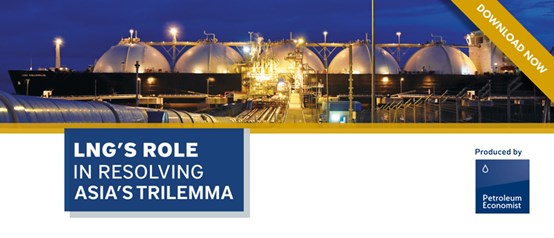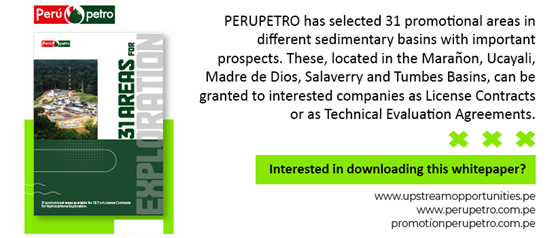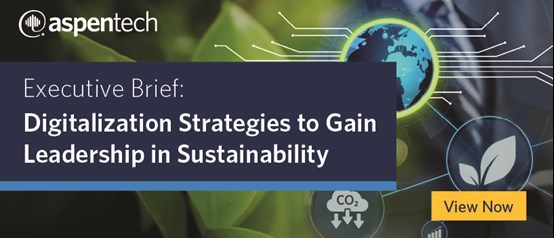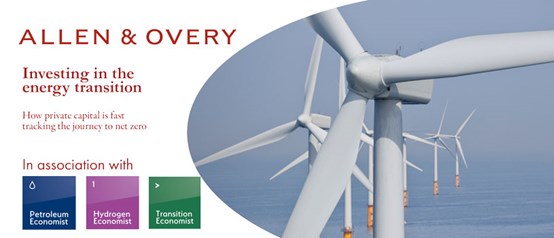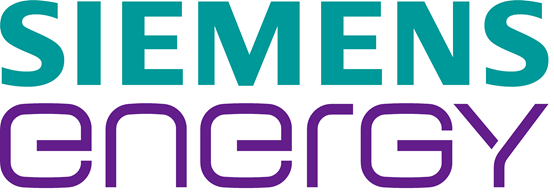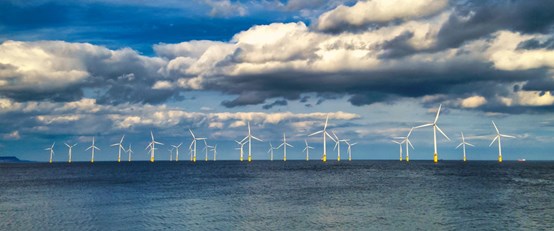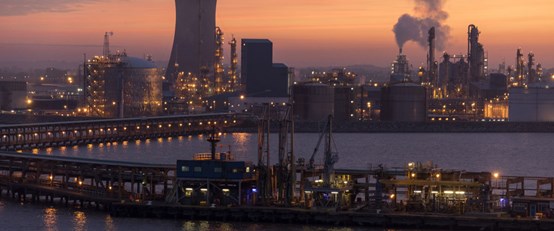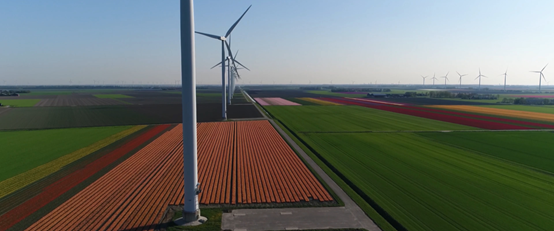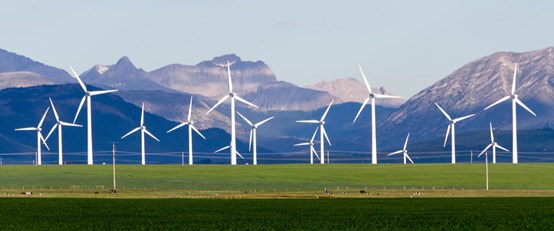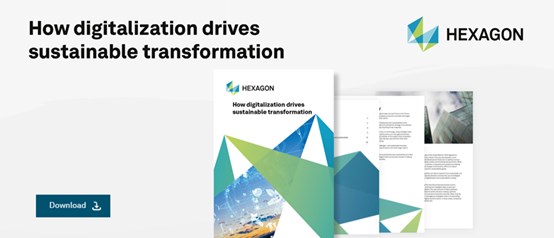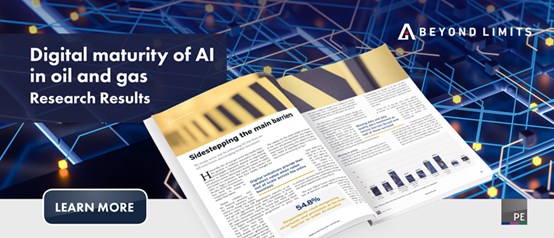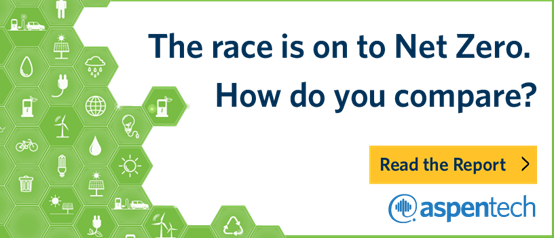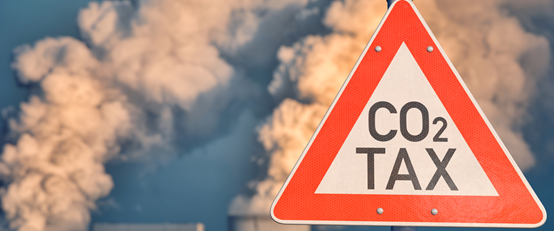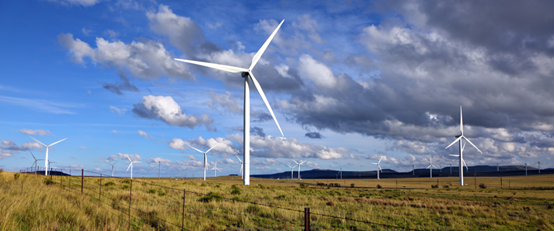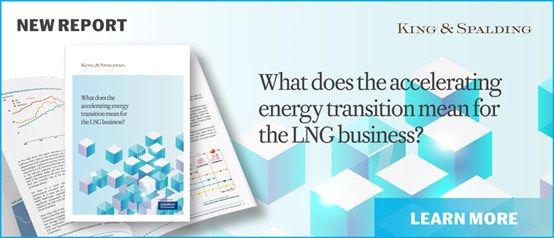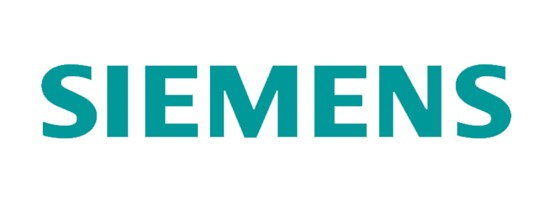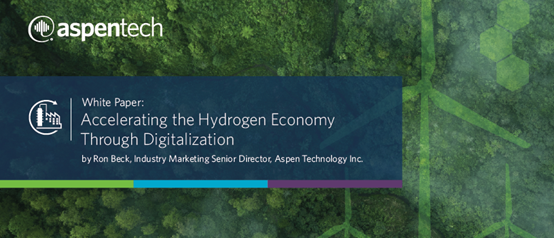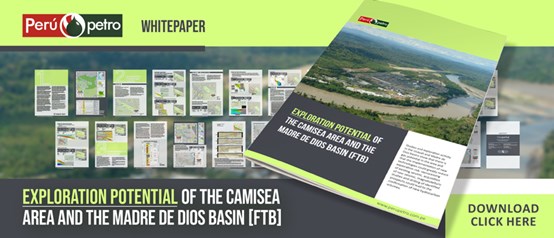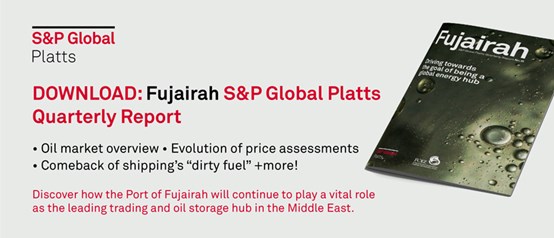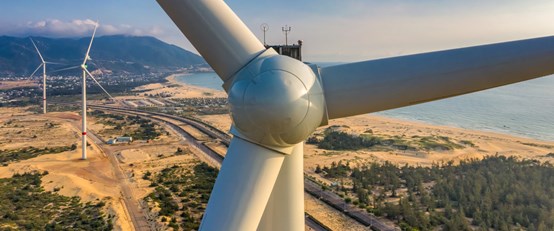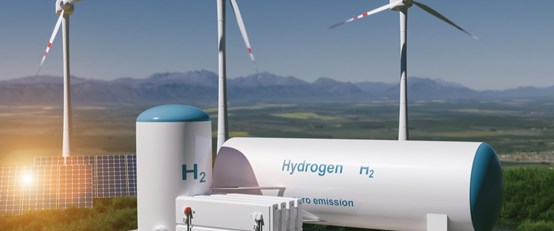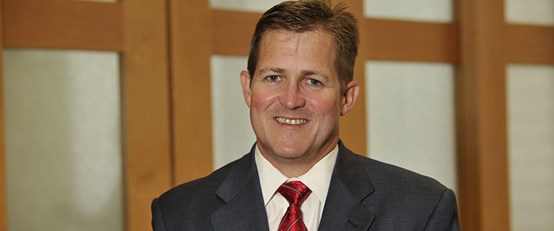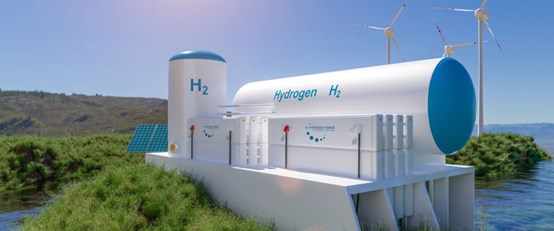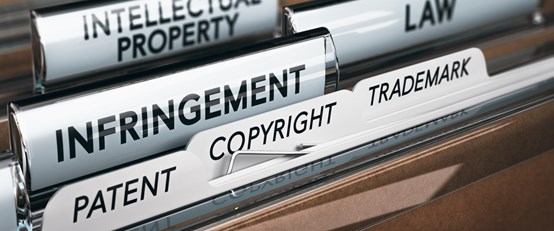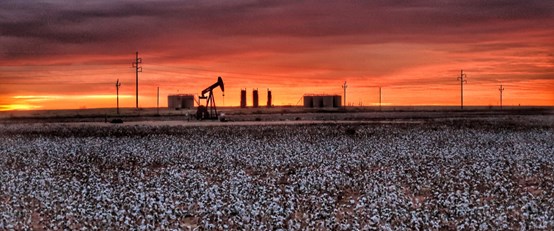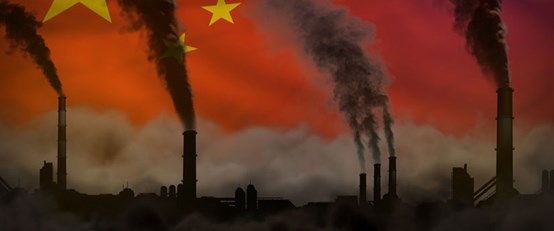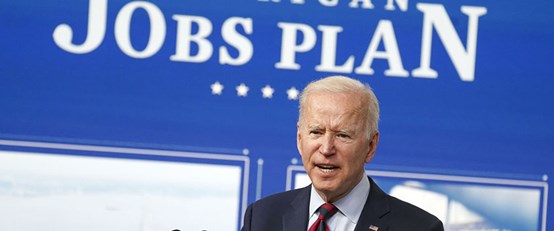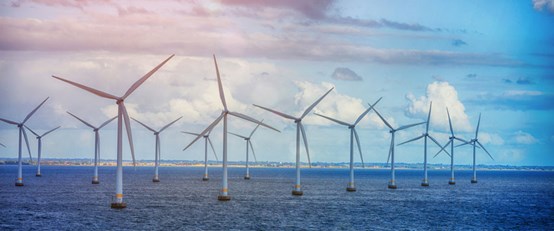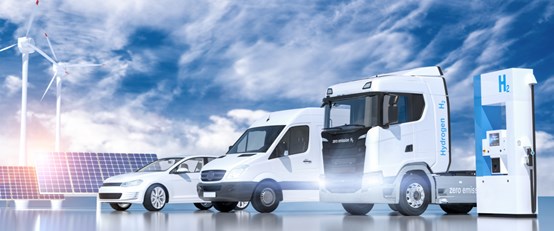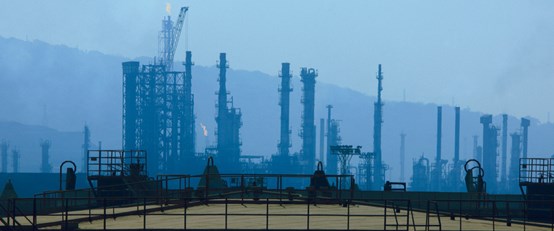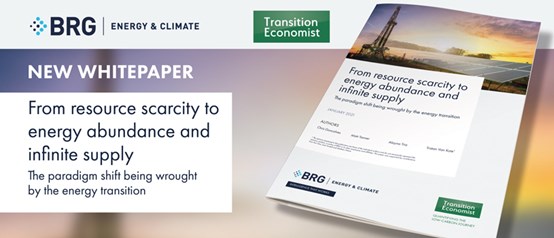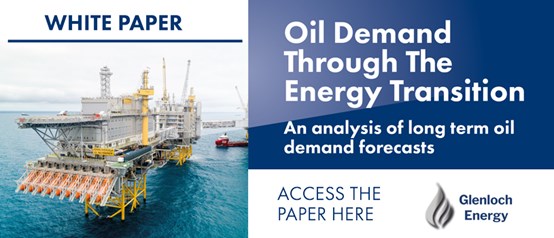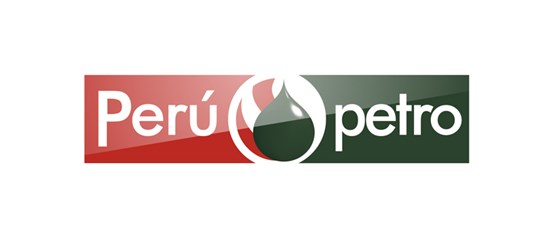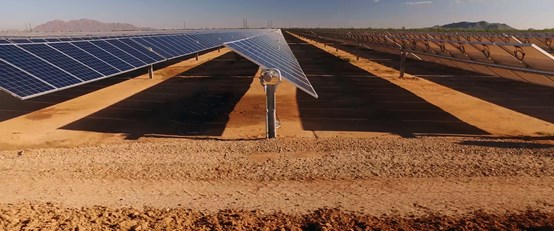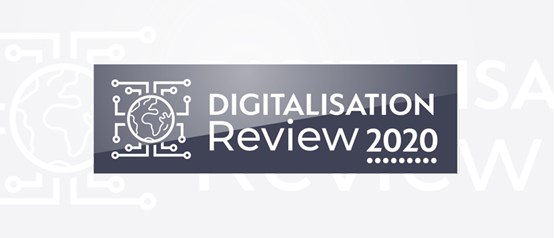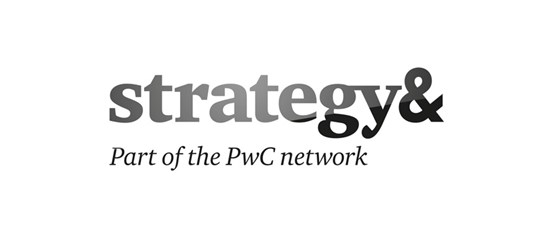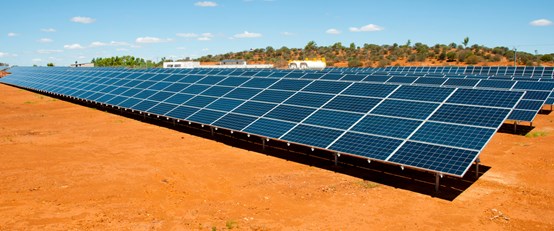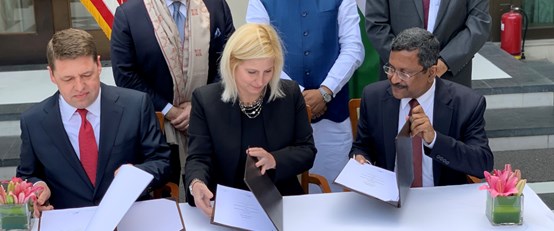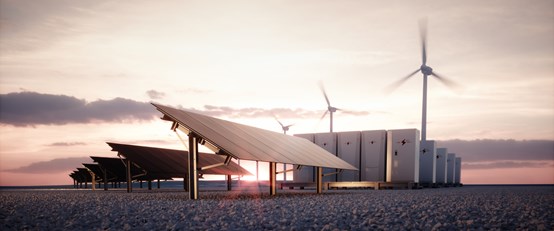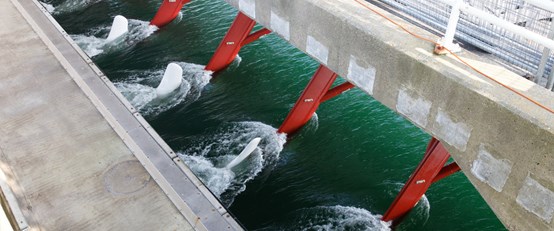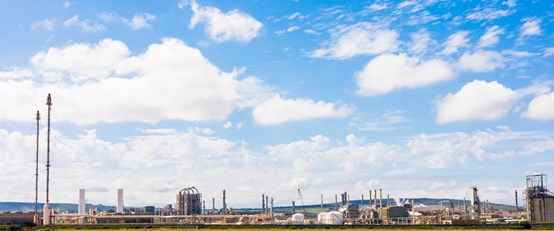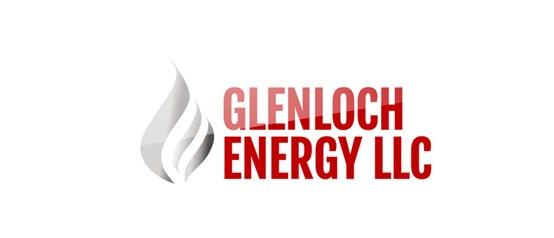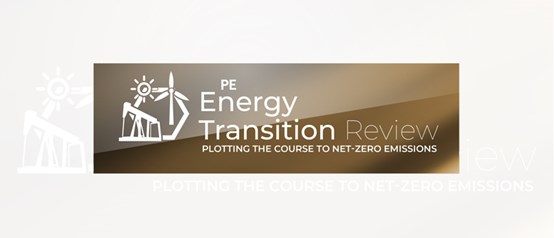The race to a zero-carbon future is on. Global oil and gas, petrochemical and chemical companies have announced ambitious carbon mitigation, plastics re-use and water conservation targets. Learn how industry leaders like Saudi Aramco, Kinder Morgan, Shell CANSOLV, Fluor and others are already using digital technology solutions to drive innovation and economics of carbon capture projects.
Outlook 2024: Next directions in the evolving energy trajectory examines the changes in the energy sector through the lens of oil, gas & LNG, geopolitics and energy markets and the energy transition. This forward-looking special report informs investors and decision-makers of the industry trajectory and sets the agenda for the year ahead.
Europe entered the second half of the year in a relatively comfortable position, with supressed gas and power demand, elevated gas storage levels, and a power supply situation that is vastly improved from the same time 12 months ago. However, significant risks remain across gas, power, and carbon markets.
Today's energy companies are looking for innovative ways to reduce emissions while meeting or exceeding production targets. Discover how industry leaders are using advanced digital solutions to monitor emissions, optimize profit and yield, and reduce CO2 emissions by up to 20%
When the world faced an unprecedented energy crisis, global leaders were motivated to take bold steps towards a cleaner and more secure energy future. The IEA's latest World Energy Outlook highlighted the transformative potential of this crisis, emphasising accelerated energy transitions and the need for innovative solutions.
Petroleum Economist is excited to introduce you to our latest Asian LNG report. This report delves into the evolving landscape of LNG demand in Asia, addressing energy security aspects and exploring the role of LNG as a transition fuel in the region's changing energy landscape.
PERUPETRO has selected 31 promotional areas in different sedimentary basins with important prospects. These, located in the Marañon, Ucayali, Madre de Dios, Salaverry and Tumbes Basins, can be granted to interested companies as License Contracts or as Technical Evaluation Agreements.
Nonetheless, we continue with the “open acreage” policy whereby interested companies can propose other available areas of interest.
At the same time, PERUPETRO has been aligning efforts with the different sectors involved in the development of the industry, to reactivate production and generate conditions for the development of important projects underway, mainly in the Peruvian offshore, where expectations are promising.
Today´s executives are faced with the complex challenge of maximizing profitability while meeting sustainability and corporate social responsibility (CSR) objectives. Using APM 4.0 to identify efficiencies across the organization can drive operational excellence, which in turn can lead to significant advancement of sustainability objectives.
In this paper read how companies like LG Chem, Sardeolica, GSK, Braskem Idesa and others have decreased maintenance expenses, increased profits and avoided environmental and safety risks using APM 4.0.
Are we on target to reach net zero by 2050?
The path to net-zero finds that CCUS is key. It's a necessary technique to decarbonize a global economy and meet emissions targets. SLB Carbon Solutions team discusses the rise in CCUS, its scalability, challenges, and the future vision.
These are challenging times for many industries - the world demands ever more energy, but with a reduced carbon footprint. Meeting that Dual Challenge will require new strategies and solutions, and technology in support of digitalization will play a key role in how industries respond.
Download this paper to learn more about the strategies that are helping companies like yours navigate today’s challenges, achieve sustainability goals and still remain profitable.
The road to a sustainable, reliable, and affordable energy future requires providers and users to navigate uncertainty while engaging each other creatively and cooperatively. The urgency of this transition has never been greater. That’s why Siemens Energy has made itself a catalyst to accelerate the changes needed to transform today's energy landscape.
Increasingly, companies are recognizing the roles they can play in helping make the world more sustainable and are setting their own sustainability goals to improve environmental, social and economic outcomes. Download this new ebook now.
Keeping pace with the competition is a critical reality for the oil and gas sector. Operators need to cut costs, target efficiency gains and lower their carbon footprint if they want to maintain strong revenues and attract potential investors. And this has only been emphasised by the past pandemic year.
This report, co-written with Robert Socolow, Professor Emeritus, Princeton University, reveals the findings of a recent survey conducted to better understand the strategies and actions taken by industry leaders as they plan for a sustainable future.
The need for asset reliability and optimization is ever-increasing, and leading asset-intensive companies are using prescriptive maintenance—powered by AI and machine learning—to unlock the value and productivity lying uncaptured in assets. Using a scalable, easy to implement prescriptive maintenance solution, companies can improve the accuracy of failure detection, increase the advance notification period of asset downtime events and reduce maintenance spend.
Learn how companies across the globe are successfully scaling prescriptive maintenance across their organizations, including examples of it in action. See the proof for yourself in this new white paper.
Today, we are facing, in addition to the Covid-19 pandemic, a severe threat posed by
climate change which is in large part driven by fossil fuel combustion and accompanied
with a rise in global consumption due to increase in demand as population is growing
especially in the MENA region. Therefore, it is “crystal” clear now that governments
need a planned transition in how they produce and consume energy to avoid a
disastrous increase in global temperatures.
According to the National Association of State Energy Officials, approximately 6.7 million Americans work in the Energy Industry. That is roughly 4.6% of the American workforce. I’ve spoken recently with many different industry partners who are worried about this energy transition and what it means to workers who have been employed in more traditional sectors of the US Energy industry. Oil & Gas workers in Texas are worried about their jobs and leaving the industry because they don’t see a future in Energy. In Massachusetts local economic development groups are trying to figure out how to re-train and re-employ over 600 workers who have lost their jobs at recently shuttered nuclear and coal plants. Unfortunately, sometimes it seems that there is an “us versus them” mentality as this transition takes place. Some of the recently displaced workers from oil & gas, nuclear, and coal plants may struggle to see where they will be re-employed. However, given the staggering numbers of renewable installations anticipated, it’s clear that the Energy industry is ripe with opportunity.
The world’s next energy transformation is underway and transitioning to a lower carbon future will require ingenuity from all sources, especially the energy services and technology sector. As global energy demand rises, we must invest in all forms of energy. A successful energy transition is not a shift from one fuel source to another, but a comprehensive focus on the reduction of emissions across all energy systems.
Let’s take action inspired by empathy so that through collaboration and paying it forward, my success becomes your success. Let’s look around us, strike a conversation, listen and research to understand each other’s unique challenges. This will then inform any action we take, or in the spirit of this letter, the type of energy we apply in our interactions to empower women’s ambitions.
While there is a place for globalization, implementation of diversity, equity and inclusion efforts should be tailored to fit the part of the world in which companies operate.
The cornerstone of decarbonisation and achieving net zero is to gain transparency in our supply chains. But we all know in our hearts that this is only one part of the answer. The true driver for achieving net zero is establishing a fully functioning circular economy, where we move our narrative from making things more sustainably, use and then throw away to how can we extend the life of the product, recover and reuse materials and design waste out of our systems. Whilst there are many amazing innovations in manufacturing and recycling capabilities, they will not drive a sustainable future on their own.
Working-age women make up 50% of the world population, yet unfortunately, our female face represents the unpleasant side of an industry that is supposed to enable progress.
Women are underrepresented and underpaid in the energy industry. As energy consumers, women in the global south are caught in the gender-poverty-energy nexus, where women are more likely to suffer the consequences of inefficient and hazardous energy.
Connected plant future isn't coming —it's here
The need to build new and modify existing plants into the efficient, connected, and sustainable facilities of the future is moving at a faster pace than ever before. Download the latest whitepaper from AVEVA to read more.
The US recently submitted its Nationally Determined Contribution (NDC) required under the Paris Agreement, setting a target of reducing net greenhouse gas emissions by 50 to 52% below 2005 levels by 2030. Click to read on from our TE100 contributors.
Rakhi has kindly shared the latest edition of her Energy Insights series as a tribute to women in the workforce and the women in our lives. We hope you enjoy listening.
The growing imperative for humanity to avoid the worst impacts of climate change will require the liquefied natural gas (LNG) business to adapt in fundamental ways as the energy transition accelerates. In this report, King & Spalding examines the long-term outlook for the industry in the face of existential pressures posed by environmental, social and governance (ESG) principles. How are industry players responding? And what more can be done to assure LNG’s future in the race to a carbon-neutral energy economy by 2050.
Energy & Utility businesses want to achieve Digital Lifecycle Excellence to prepare themselves for future success but are unsure what a logical first step might be.
An Integrated Requirements Management approach deploys quickly, provides a rapid time-to-value, and is a cost-effective way to give your project team a considerable advantage on their next project.
Hydrogen is a valuable resource that can help companies achieve carbon reduction and reduce energy costs. Digitalization will be a major accelerator for driving down the cost of hydrogen and evaluating and optimizing alternatives. Download this white paper to learn how technology is an essential component in delivering the hydrogen economy.
Studies and exploration activity in the Ucayali and Madre de Dios basins show that there is gas potential in the area and that the implementation of new technologies could greatly reduce exploration risk: reprocessing of existing seismic, acquisition of new seismic, magnetotelluric studies and drilling of identified prospects could lead to the confirmation of new hydrocarbon volumes. Download this white paper from Peru Petro now.
As we move into the second half of the year, the Port of Fujairah will continue to play a vital role as the leading trading and oil storage hub in the Middle East and there is now an unparalleled level of visibility in activity at the port, bringing transparency that allows market participants to make informed decisions.
Download the Fujairah S&P Global Platts Quarterly Report and gain insights through special features:
- Market Overview: Oil prices rise above $70/barrel as economic sentiment improves
- S&P Global Platts & Fujairah: the evolution of price assessments
- Shipping’s “dirty fuel” stages a comeback as emissions targets loom
- +more
The surge in commodity prices in late 2020 and early 2021 is in some ways at odds with a global economy still gripped by the COVID-19 crisis. Paul Hickins unpacks the factors that brought about the rally and examines longer-term prospects.
- Is the rise in Brent crude oil prices heralding a “supercycle”?
- How will the “green” revolution drive a long-term commodity bull run?
- The risk of oil price spikes has increased due to COVID-19 and ESG pressures. What does the future hold?
While the scientific evidence of climate change is clear and widely accepted, our ability and best options to master this challenge have stirred intense debate, disinformation and dilemma. With a growing global population that almost universally aspires to an energy-intensive modern way of life, how can humanity continue to multiply, modernise and prosper without continued massive consumption of fossil fuels and vast emission of greenhouse gases such as CO2?
Block X development began in 1910 with the drilling of the RESTIN 1 well. To date, 5,751 wells have been drilled between exploration and development, of which 3,262 wells are currently active, being 3,196 producing wells and 66 injection wells. As of December 2019, production is 14.83 Mbopd and the accumulated oil volume is 499.9 MMbbl.
Industry experts examine some of the key themes influencing the adoption of digital technologies. Contributors discuss the changing cyber security landscape, automating refineries, the power of the digital twin, extending offshore asset life, among many other topics.
Sponsor: Various partners
In this paper we look at how going greener with LNG not only addresses the sustainability agenda but also makes economic sense.
Sponsor: Strategy&, part of the PwC network
The Talara Basin is a Paleocene-age forearc basin located along the north coast of Peru. During the first quarter of 2021, PERUPETRO S.A. will launch a bidding process for six blocks of the Talara Basin for which contracts will expire in the next years. The purpose is to find companies interested in improving the productivity of these mature fields with secondary recovery and the implementation of new technologies
Digital Twin technology is at the heart of every modern plant and processing asset. Read our whitepaper to discover how cloud technology is accelerating operators’ and EPCs' digital transformation.
Capital Projects have earned a notorious reputation for being over budget and overschedule. Far-reaching reforms are underway, however, as Owner-Operators and EPCs turn to a powerful combination of cloud-based technology and new working processes to achieve transformational, data-driven improvements in Capital Project delivery.
Peru’s offshore provides prominent opportunities for exploration projects thanks to its diverse regional geology. This geology has different structural and stratigraphic settings, with mature producing basins in the north to less explored basins in the south. Just a fresh and modern look at the available data may reveal great potential.
International law firm Ashurst surveyed LNG industry leaders across the Asia-Pacific region to ask how they thought the sector was responding to changing dynamics and what they think the future may hold. This has resulted in a brand new report, available now.
Sponsor: Ashurst
In support of the July 2020 webcast “Value creation in the new era through robust screening of oil & gas investments”, in association with Petroleum Economist, Steen Meulengracht, CEO PreVisions, has written four articles to dive deeper into the importance of break-even and sensitivity analyses on key external and internal project parameters.
Cloud technology makes experiential learning accessible and practical for any organization. As experts in cloudbased operator training simulators (Cloud OTS) for every stage of operations, AVEVA is already helping forward-looking companies change their cultures and redefine training for tomorrow.
This paper examines published estimates of shale oil breakeven prices, contrasts the quoted breakeven price with industry performance over the period and investigates the disconnect between published breakeven prices and actual breakeven prices at the corporate level.
The energy transition will be a multi-faceted process with each contributing energy source offering enormous potential but often bringing new challenges. In this report, industry experts identify problems and present potential solutions.
Sponsors: Norton Rose Fulbright and Schneider Electric








